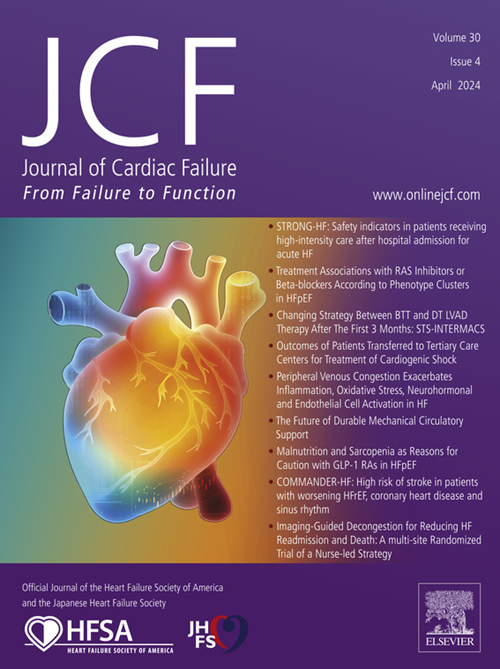Heart Transplantation: Effective Communication During Time Of Offer Acceptance To Post-operative Sign Out
IF 6.7
2区 医学
Q1 CARDIAC & CARDIOVASCULAR SYSTEMS
引用次数: 0
Abstract
Introduction
Our team acknowledges the many different members of the team who need to be actively involved in real time communication updates after a heart offer from UNOS has been accepted, in order to have a thorough, well delineated plan for transplant. Program wide initiation was launched to promote changes in the coordination for improved communication and universal, standardized patient care treatments.
Hypothesis
The best way to improve communication is to widen inclusivity and engage all members in the transplant phase. We felt that we needed to optimize each transplant and create a standardization across the board.
Methods
We conducted a group randomized assessment and invited all members of the team to participate in an online survey. This survey was launched prior to interventions. The survey identified lapses in effective communication styles and streamlining of care universally. From the feedback from the poll, we then implanted several key structural changes into our transplant coordination. After the interventions were in place, we launched a repeat survey poll one year later, to the same audience.
Interventions
One of the first interventions put into motion was the inclusivity of our pre-transplant conference call. Several hours before our agreed upon OR time, we typically met as a team to discuss the planning of the transplant. Many team members voiced they would like to be involved in this, so we opened up the invitation to all members of the patients' immediate care team. Updated medication sheet for pre, intra, and post op. Enhanced conference call to include all team members. New e-record changes; phoenix, progress notes with listings, email with alert of offer acceptance, conference time - streamlined appropriate duties and specified contacts for who to call with questions. updated the transplant coordinators duty and worksheet they manage the coordination from to be all-inclusive task-oriented checklist.
Results
63% of team worked for the program for over 3 yrs. Despite having tenure within our department, at the beginning of this process many felt they did not understand their role. One year later we have improved our 1 year survival rates. We have standardized our conference call to where it is a 15 min presentation. We have transplanted a record number of patients at our institution; 40 total for the 2023 calendar year, a 83% increase from the year prior.
Findings
Preoperative communication is standardized with little variation. Preoperative communication is organized and efficient. It is now agreed it is clear with whom team members should contact with questions about the plan of care. We have identified each team member, ensuring all necessary players are involved and present for the pre-transplant conference calls.
Conclusions
We conclude that the implementation effort was highly effective Overall, we had a record-breaking year in the number of transplants performed. Our 1-year post survival statistics also were found to have increased from previous years.
求助全文
约1分钟内获得全文
求助全文
来源期刊

Journal of Cardiac Failure
医学-心血管系统
CiteScore
7.80
自引率
8.30%
发文量
653
审稿时长
21 days
期刊介绍:
Journal of Cardiac Failure publishes original, peer-reviewed communications of scientific excellence and review articles on clinical research, basic human studies, animal studies, and bench research with potential clinical applications to heart failure - pathogenesis, etiology, epidemiology, pathophysiological mechanisms, assessment, prevention, and treatment.
 求助内容:
求助内容: 应助结果提醒方式:
应助结果提醒方式:


